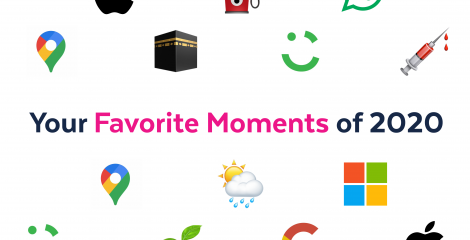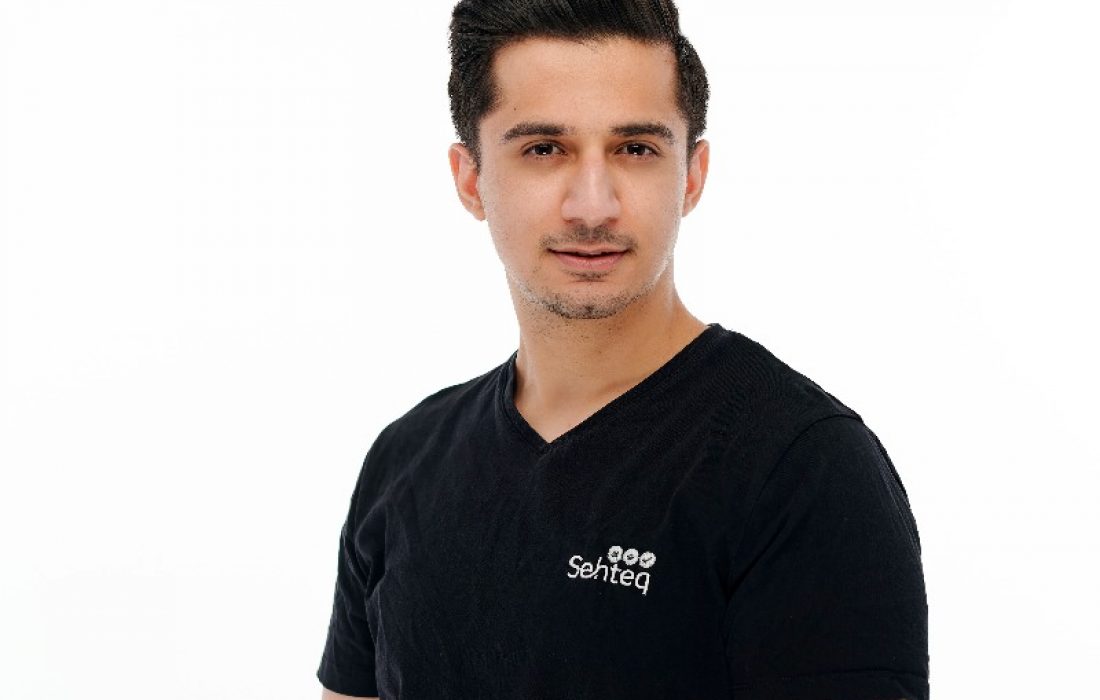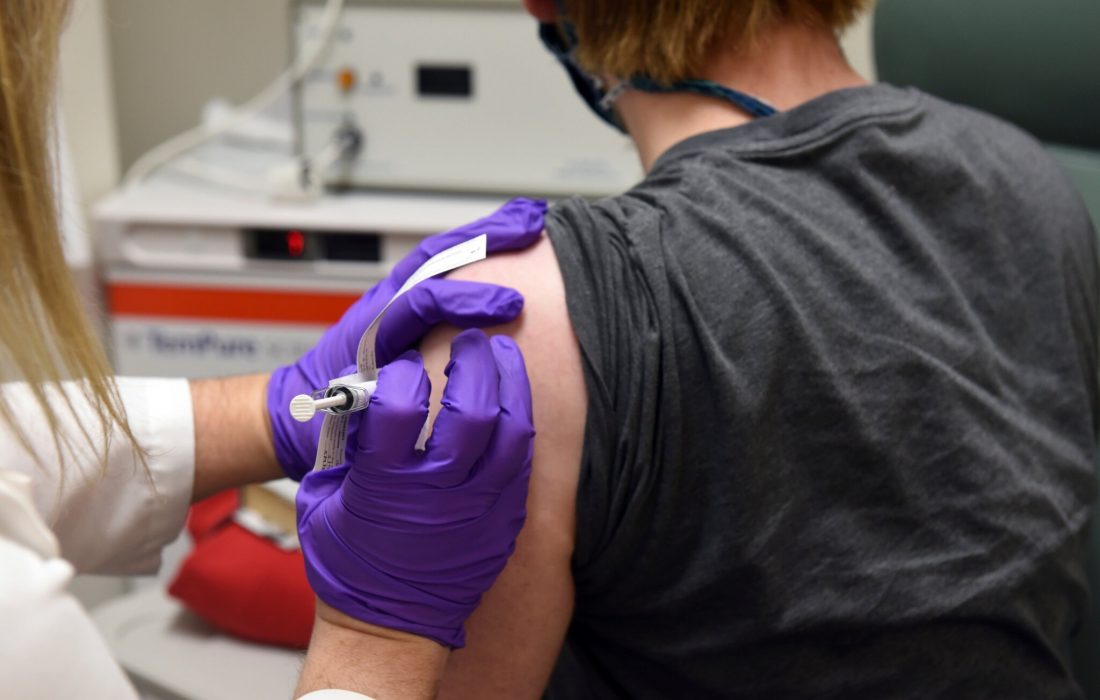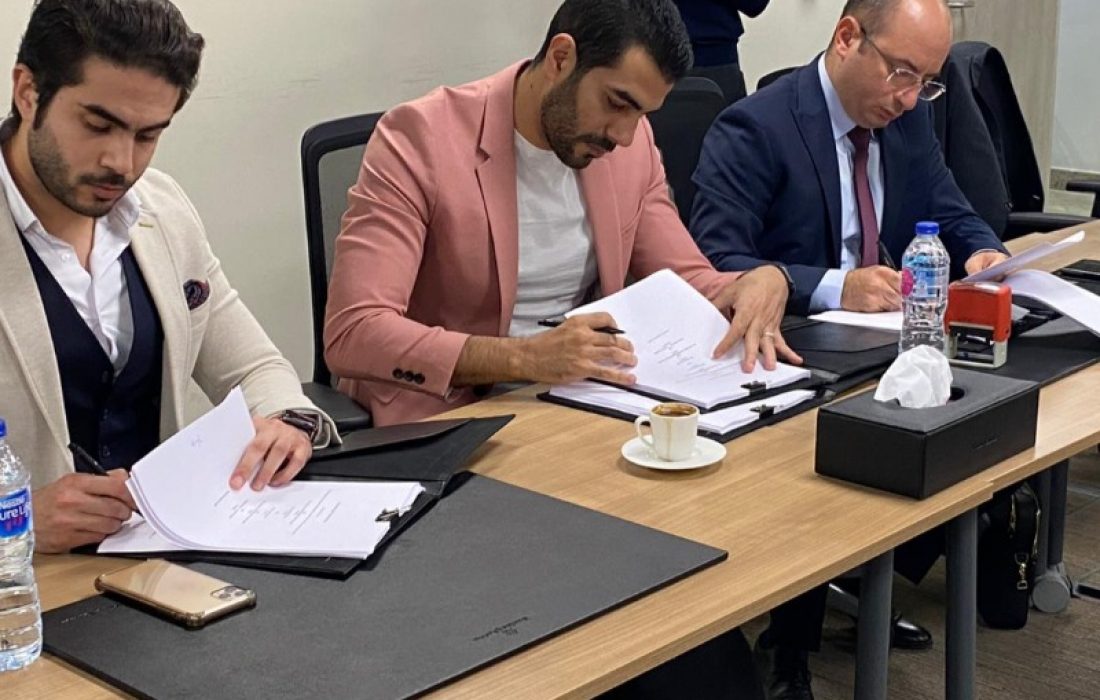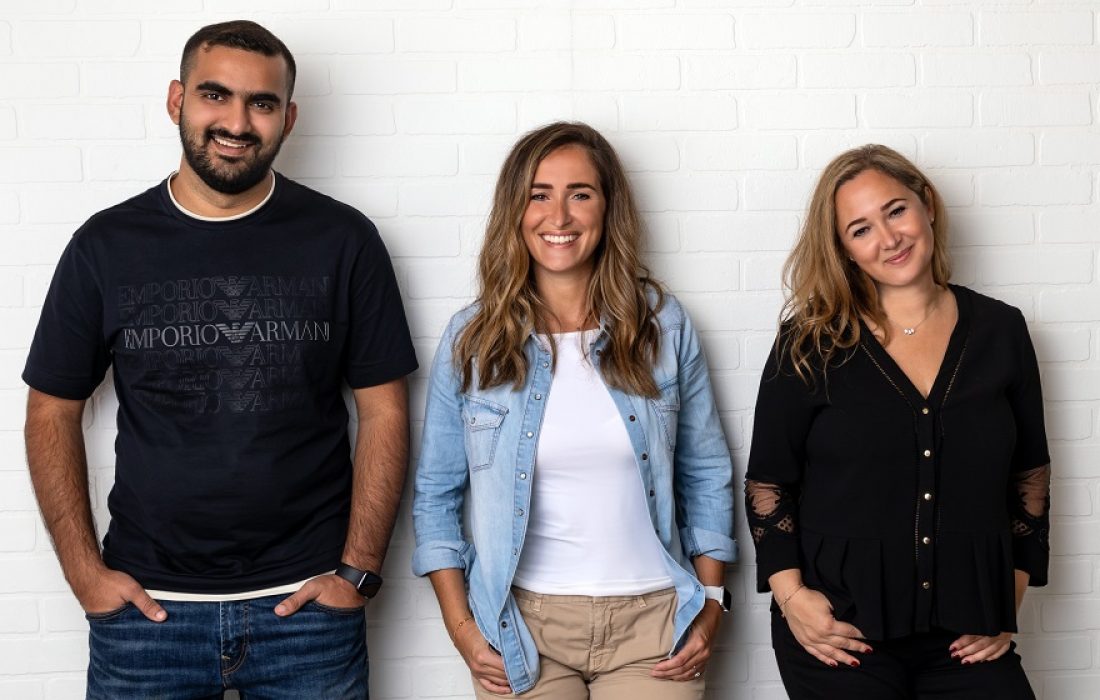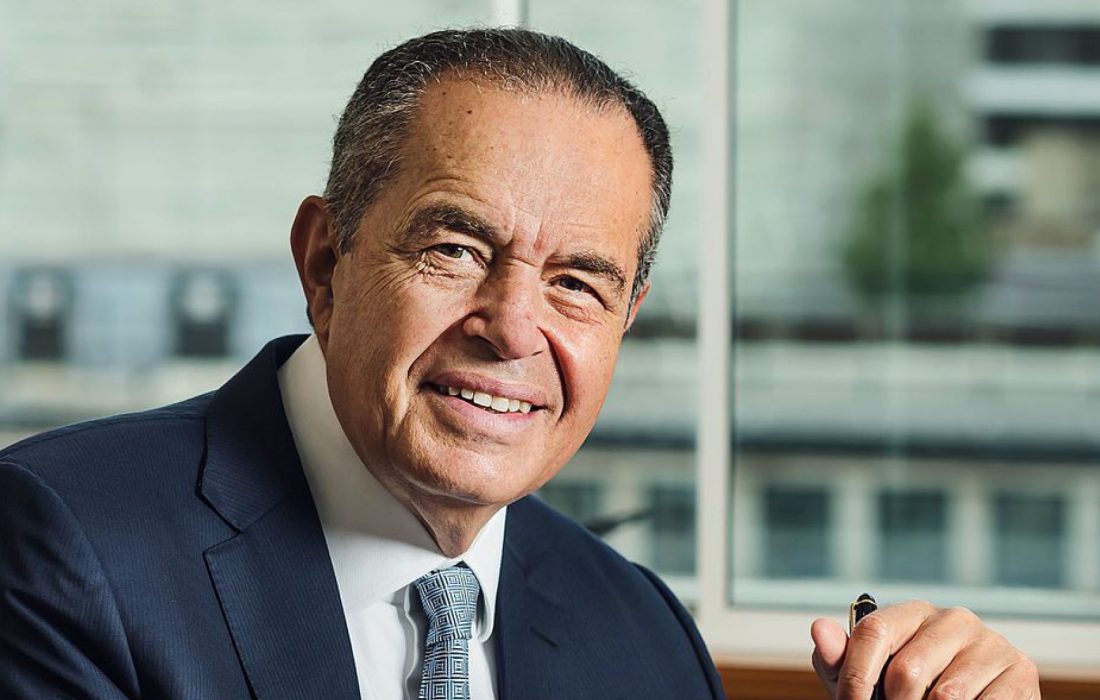On November 8, Virgin Hyperloop completed the world’s first hyperloop passenger test in Las Vegas. Two passengers traveled at up to 48 meters per second, or 107 miles per hour, over 500 meters. A few days later, the company successfully conducted the same test again. These tests offer a glimpse of what the future of transport in the Middle East could look like.
“All Gulf cities could be less than an hour away from each other, powered by a zero-emission network that is energy neutral and could be completely unplugged from the grid in the Middle East.”
Jay Walder, CEO of Virgin Hyperloop
Virgin Hyperloop has projects in Saudi Arabia and the UAE and has received investments from the two Middle East countries. In February, it signed an agreement with the Saudi transport ministry to study the use of its technology. In June, the company partnered with the Mohamed bin Zayed University of Artificial Intelligence in the Emirates. The two will collaborate on transport-related AI research.
The Saudi Crown Prince called the hyperloop a “catalyst” for technological change when he unveiled the Vision 2030 hyperloop pod in 2018. While Virgin Hyperloop’s Chairman, Sultan Ahmed bin Sulayem, said hyperloop “will be a disruption in the way people travel” during a visit to the company’s development site in February.
Virgin Hyperloop says its technology could eventually transport 45 million passengers per year across the Gulf. Traveling from Riyadh to Jeddah would take just 46 minutes with a hyperloop instead of an hour and a half by plane.
Hyperloop’s Sustainable Ambitions

Hyperloop technology has a number of advantages over conventional transport. By using airless tunnels, pods could travel up to 670 mph, 3 times faster than high-speed rail. Moreover, achieving such speeds requires only 10 percent of the energy of a plane. This makes hyperloop a more environmentally-friendly transportation alternative. You can read more about how the technology works here.
When it comes to the Middle East, Virgin Hyperloop’s sustainable ambitions could go one step further. It says the Gulf’s endless sunshine could power an entire hyperloop system with solar panels. This would remove the need for any external power.
“We estimate that per passenger, hyperloop is 50 per cent more energy-efficient than high-speed rail and up to 10 times more than flying. As a result, all Gulf cities could be less than an hour away from each other, powered by a zero-emission network that is energy neutral and could be completely unplugged from the grid in the Middle East,” Jay Walder, Virgin Hyperloop CEO, said.
For more transport coverage check out…
- Virgin Hyperloop Gets Trade License in Saudi Arabia
- The Shift to Electric Vehicles – When Will We Reach The Tipping Point?
- Amazon to Acquire Autonomous Vehicle Startup Zoox
If you see something out of place or would like to contribute to this story, check out our Ethics and Policy section.




